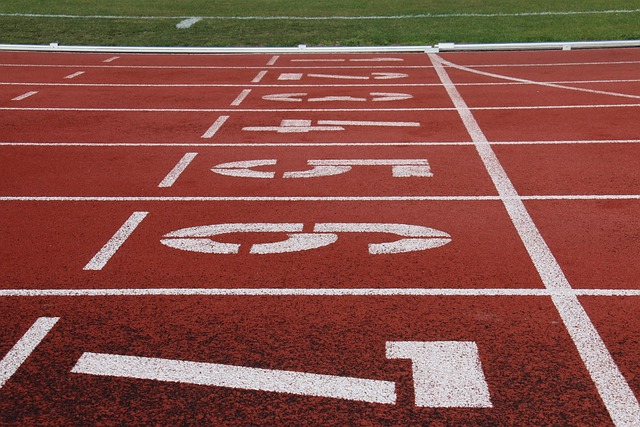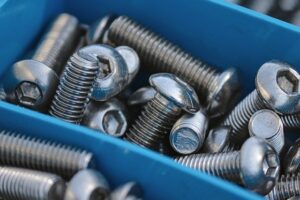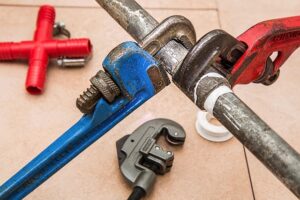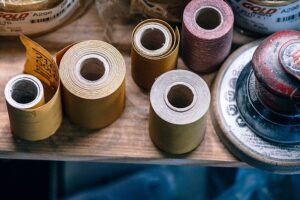
Mastering the Heat Gun: Elevate Your Wrapping Skills with Precision Techniques
When it comes to wrapping vehicles, furniture, or other items, achieving a professional finish requires the right tools and techniques. One of the most essential tools in this process is the heat gun. This versatile device not only helps in shaping and smoothing the wrap but also enhances its durability. In this guide, we will explore effective heat gun wrapping techniques that will help you achieve stunning results.
Understanding the Heat Gun
A heat gun is an electric device that blows hot air, typically ranging from 100°F to over 1,000°F, making it perfect for various applications, including wrapping. Before diving into the techniques, it’s important to familiarize yourself with the basic components of a heat gun:
- Temperature Control: Allows you to adjust the heat output according to the material you are working with.
- Airflow Settings: Provides options for different airflow levels, giving you control over how concentrated the heat is.
- Nozzle Attachments: Different nozzles can be used to direct the heat in specific ways, improving precision.
Essential Techniques for Effective Wrapping
1. Preparing Your Surface
Before applying any wrap, it is crucial to prepare the surface. Here are some steps to ensure optimal adhesion:
- Clean the surface thoroughly to remove dirt, grease, and other contaminants.
- Ensure the surface is dry and smooth to prevent any imperfections in the wrap.
- If necessary, sand down any rough spots to create an even surface for wrapping.
2. Choosing the Right Temperature
Choosing the correct temperature setting on your heat gun is vital for achieving the best results. Here’s how to determine the right temperature:
- For vinyl wraps, a temperature between 200°F and 300°F is generally ideal.
- Test the wrap material on a small area first to ensure it can withstand the heat without damage.
- Adjust the temperature based on the specific type of vinyl or material you are using.
3. Mastering the Heat Application
The way you apply heat can make a significant difference in the quality of your wrap. Follow these tips for effective heat application:
- Keep Moving: Always keep the heat gun moving to avoid overheating any one spot, which can cause bubbling or melting.
- Maintain Distance: Hold the heat gun approximately 6 to 12 inches away from the surface to prevent excessive heat concentration.
- Use the Right Nozzle: For larger areas, use a wide nozzle to distribute heat evenly; for detailed work, a concentrated nozzle is ideal.
4. Stretching and Smoothing the Wrap
Once the wrap is applied, you may need to stretch and smooth it to eliminate wrinkles:
- Gently heat the vinyl to make it more pliable, allowing it to conform to curves and contours without tearing.
- Use a squeegee to press down the wrap as you heat it, ensuring a tight fit.
- Work in sections, applying heat to one area before moving on to the next.
5. Sealing the Edges
To ensure a long-lasting finish, sealing the edges of the wrap is essential:
- Apply heat to the edges of the wrap to activate the adhesive and help it bond securely to the surface.
- Press the edges down firmly with the squeegee to prevent lifting.
- Consider using a heat-resistant tape for added security, especially in high-wear areas.
Common Mistakes to Avoid
Even seasoned professionals can make mistakes when using a heat gun. Here are some common pitfalls to watch out for:
- Overheating: Excessive heat can damage the wrap and the underlying surface, leading to peeling and bubbling.
- Inconsistency: Uneven heat application can lead to noticeable imperfections in the final finish.
- Ignoring the Material: Different materials require different heat settings; always check manufacturer guidelines.
Conclusion
Mastering the heat gun wrapping technique can dramatically improve the quality of your wraps, whether you’re working on vehicles, furniture, or other items. By preparing your surface, choosing the right temperature, and applying heat with precision, you can achieve a professional-grade finish that enhances both the look and durability of your projects. With practice and attention to detail, you’ll elevate your wrapping skills and achieve stunning results!






